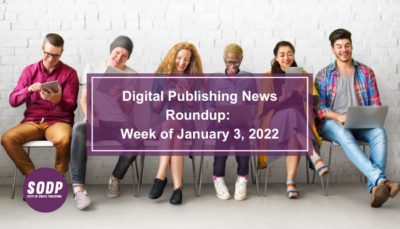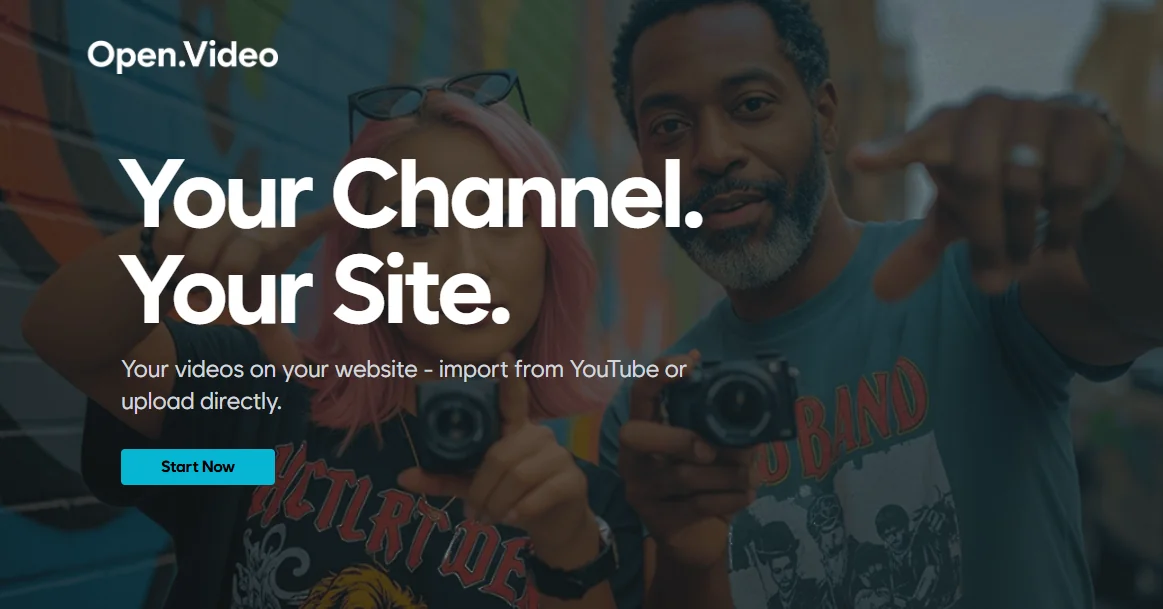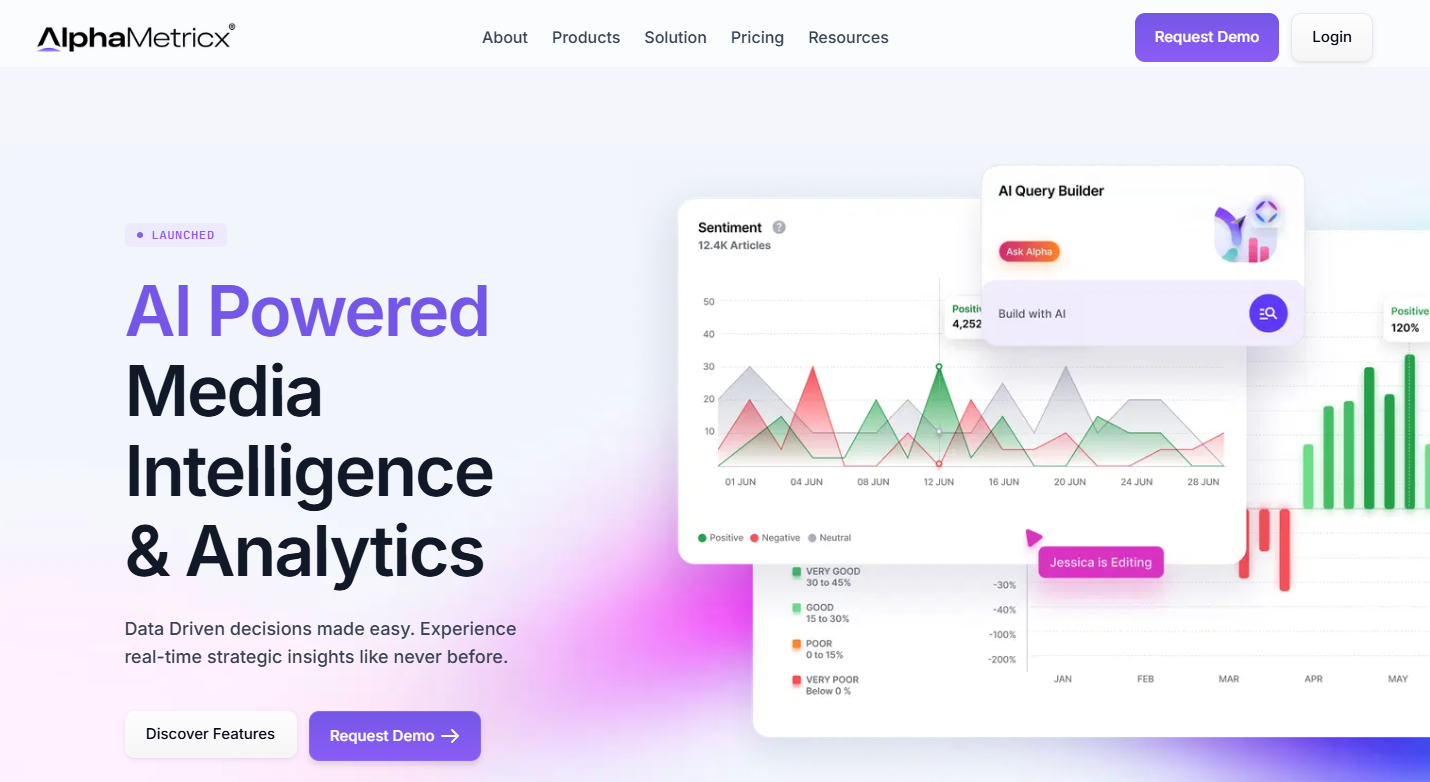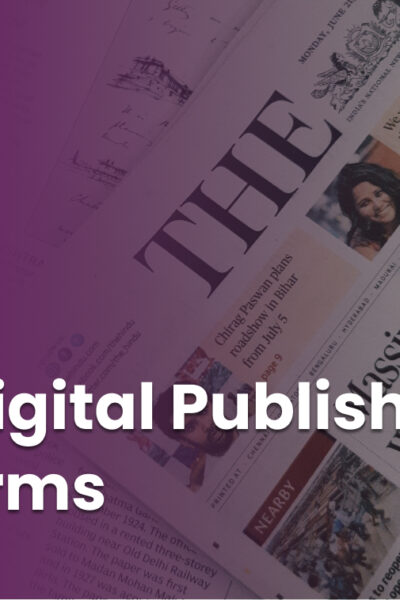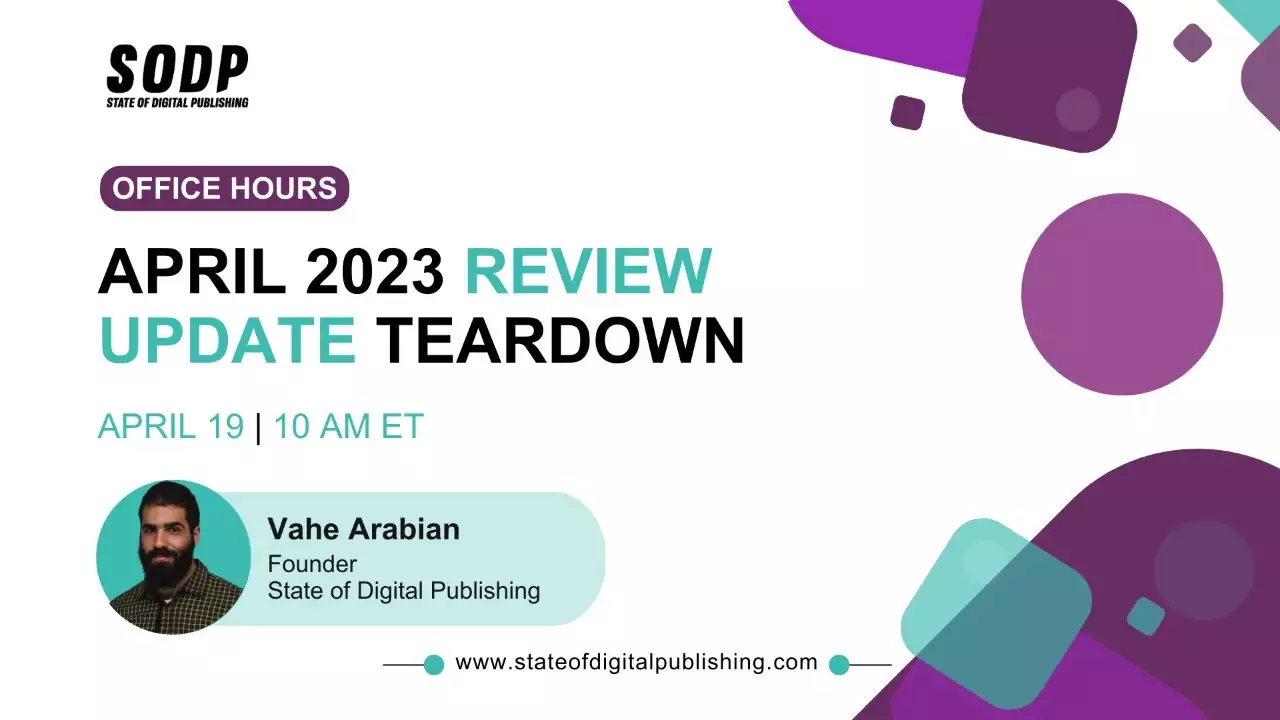What’s been happening in the world of digital publishing over the last week? Here’s your weekly round-up of news, announcements, product launches, and more.
Advertising
Podcasters Are Letting Software Pick Their Ads – It’s Already Going Awry
Wherever there’s a website, there can be a targeted ad, and now wherever there’s a podcast, there’s the potential of inserting a targeted ad, too. Whichever company can make that transition happen the fastest, across the most shows, and with the best data, could not only recoup all those millions of dollars in acquisition costs but make more on top of them.
The industry is sprinting toward this programmatic advertising future. However, there are some obstacles along the way, and podcasters are already running into them. Read more
Why it matters: Ashley Carman, the author, points out, “The podcast audience is lucrative because listeners often pay attention to and act on the ads they hear. If they stop doing so, the industry could become less appealing. Someone has to give: either the podcasters who believe their audience can get used to hearing ads the hosts themselves aren’t vouching for, or the listeners who, if display ads are any indication, might start ignoring the ads altogether.”
Ad-Tech Company Smartly.io to Buy Google-Focused Firm for Over $100 Million
Advertising technology provider Smartly.io Solutions Oy said it is buying Ad-Lib.io, a company that offers creative tools for various Google platforms, for more than $100 million, as it seeks to widen its offerings beyond social media. Read more
Why it matters: “The acquisition comes as marketers route more money into digital advertising, a trend that picked up speed as the pandemic kept consumers at home more and encouraged the growth of online shopping…The acquisition of London-based Ad-Lib.io will help Smartly.io continue to move beyond its social-media roots and into programmatic advertising, connected TV and other parts of Google’s advertising ecosystem.”
Trends
News engagement fell off a cliff in 2021
Engagement with news content plummeted last year compared to 2020, and given the ongoing decline in interest in news about COVID-19 and politics, it doesn’t look like 2022 will be much better.
The Trump era and the onset of the COVID-19 pandemic created a one-of-a-kind media moment that will be hard for news companies to replicate. With fewer singular storylines capturing America’s collective attention, news consumption was more scattered and diverted to sports. Data shows that the Omicron variant is not jumpstarting Americans’ engagement in COVID news like it did at the onset of the pandemic. Read more
Why it matters: The article quotes Chartbeat findings: “amongst 4000+ publishers globally, traffic declined 8% between 2020 and 2021, but when comparing overall traffic for December 2021 to January 2021, it’s down nearly 20%.”
User-Generated Content Represents 39% of Time Spent With Media: Study
Americans now spend nearly as much time streaming user-generated videos on YouTube, TikTok and other online platforms as they do watching traditional TV.
That’s according to a new study from the Consumer Technology Association analyzing U.S. content creator trends. Read more
Why it matters: “On a monthly basis, of revenue earned by creators, 28% is from merchandise or fan experiences; 27% is from content subscriptions; 27% is from a la carte payment for content; 16% is from tips; and 2% is from other sources.”
Future of Digital Publishing
The New York Times to acquire The Athletic for $550 million in cash
The New York Times has agreed to acquire The Athletic in an all-cash deal valuing the sports media startup at $550 million, the company said Thursday. The Athletic co-founders Alex Mather and Adam Hansmann will stay on after the deal, per a statement. Mather will be The Athletic’s general manager and co-president and Hansmann with be chief operating officer and co-president. Read more
Why it matters: Just like the article states: “It’s a huge victory for The Athletic, which had been shopping a deal for months. The subscription-based sports media company was under pressure to sell in light of how much cash it’s lost over the past two years.”
Tech
Twitter completes sale of MoPub to AppLovin for $1.05 billion
Twitter announced it has completed the sale of its mobile ad platform, MoPub, to the mobile game maker and marketing software provider AppLovin for $1.05 billion in cash. The deal was first announced in October 2021, following Twitter’s reveal of its plan to double its revenue by 2023 to reach $7.5 billion or more. While MoPub had helped Twitter generate approximately $188 million in annual revenue in 2020, Twitter now sees more potential in developing other areas of its business amid its accelerated product development. Specifically, the company said it’s now redirecting its resources toward performance-based ads, SMB and commerce. Read more
Why it matters: As the author points out, the deal “represents an opportunity for Twitter to invest in new areas of its business that could allow it to expand its revenue model beyond advertising alone. The company, over the past year or so, has significantly accelerated the pace of product development with launches like its audio chat rooms called Twitter Spaces, newsletters (via its Revue acquisition), online communities, a misinformation debunking project Birdwatch, paid subscription service Twitter Blue, creator economy tools and features like Super Follow and tipping, crypto, e-commerce including live shopping, and more. Combined, these products leave Twitter more opportunities to seek out revenue in new ways — like commissions on ticketed events or subscriptions, for example.”
Spotify introduces a new ad format for podcasts that puts clickable cards inside shows
Spotify is introducing a new ad format aimed at podcasters which it’s calling “Call-to-Action Cards” — or CTA cards, for short. The feature, which is powered by Spotify’s streaming ad insertion technology, will display a visual ad in the Spotify app when the audio ad begins to play. The cards can be customized by advertisers with their own images, text and other clickable buttons that direct listeners to “shop now” or take some other action the advertiser is hoping to encourage. Read more
Content from our partners
Why it matters: As the author points out, “Spotify has heavily invested in the streaming ad insertion technology, which brought real-time targeting and reporting to podcasts. Before, when podcasts were delivered through the more open RSS format, they were also hampered by the technical limitations that came with being downloadable content only. Ads were embedded, not dynamically inserted, into shows. And the audio players couldn’t differentiate between which part of the program was the show’s content and which part was the ad — it was all one single file. With streaming audio insertion, the content itself is paused, the ad is inserted and then the content resumes after the ad completes.”
How publishers experimented with NFTs in 2021
As of Dec. 23, the total number of NFTs sold, year-to-date, reached nearly 14.5 million, and a total of about $13.8 billion was spent to buy them, according to NonFungible.com, a database of blockchain gaming and crypto collectible markets. Considering how much was spent, it’s important to note that the number of unique wallets (digital stores for cryptocurrencies and NFTs) that bought and sold NFTs also increased substantially in 2021, reaching nearly 1.4 million as of late December, up from about 87,000 on Jan. 1.
Naturally, where money flows, digital media follows. Read more
Why it matters: As the article explains, “Many publishers closed out 2020 in a better financial position than they expected early on in the pandemic, giving them the flexibility to experiment with new revenue streams and launch new products in 2021.
One of those experiments involved dabbling in non-fungible tokens (NFTs), which rapidly caught fire across a wide range of industries this year, including the publishing space.”


